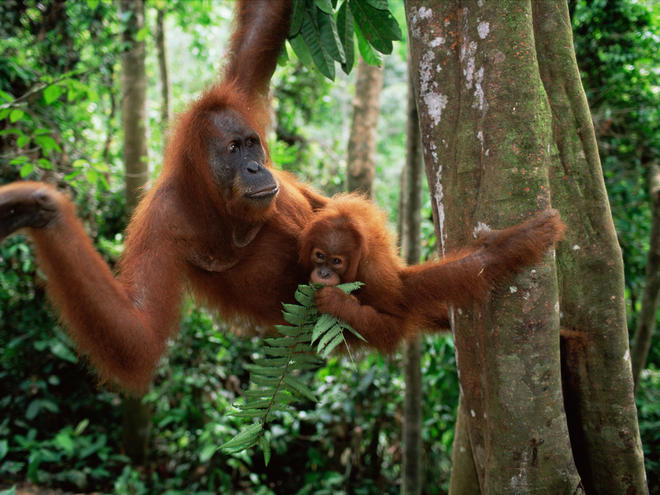Living among the trees: Five animals that depend on forests
Published by the World Wildlife Fund

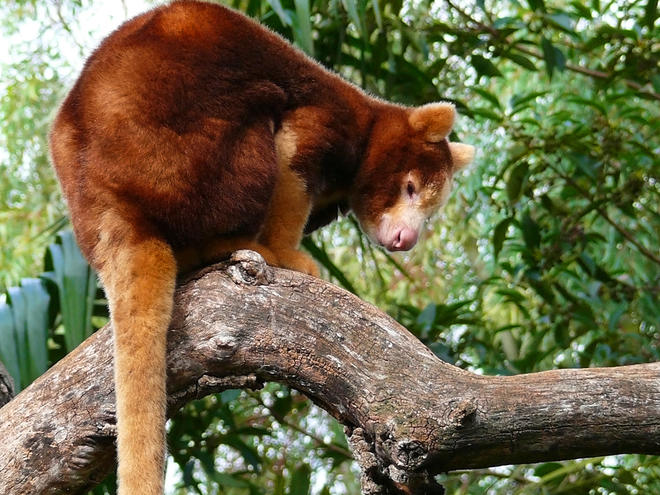
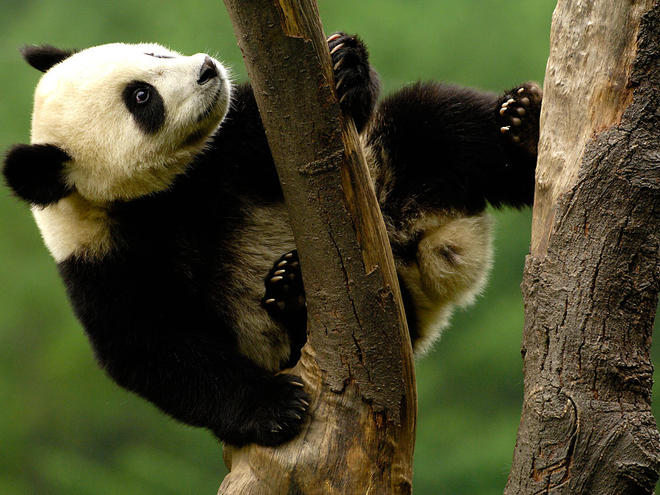

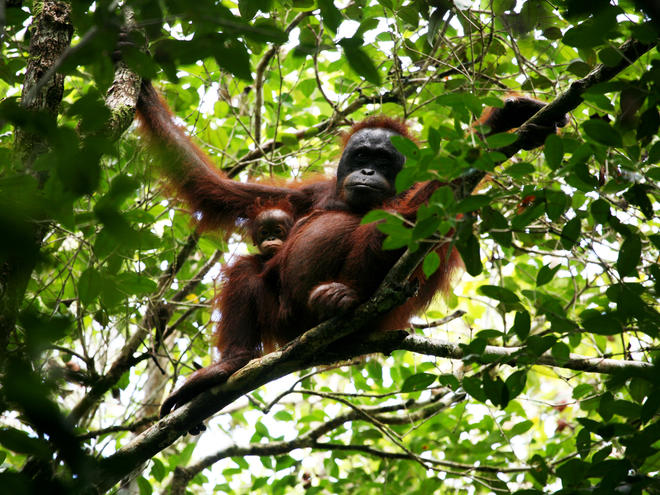
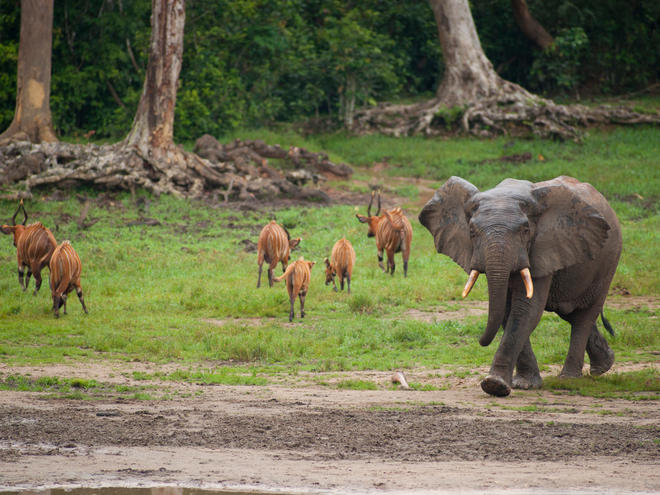
Forests are magnificent places teeming with a huge diversity of life. They are essential for life on Earth. They impact our lives in so many ways, from the air we breathe to the wood we use. Eight of 10 species found on land live in forests, and almost 300 million people, particularly in developing countries, live in forests, too.
Despite the fact that forests are so important to us, and to many different species, we are losing them at an alarming rate. This is due mainly to expanding agriculture, an increased population, and shifts in diet. Once a forest is lost to unsustainable agriculture, it is usually gone forever—along with many of the plants and animals that once lived there. WWF is working to address the threats to forests: By 2020, we must conserve the world’s to sustain nature’s diversity, benefit our climate and support well-being.
Check out some of the animals who hang out in forests:
1. Tree Kangaroo
Tree kangaroos live in lowland and mountainous rainforests in Papua New Guinea, Indonesia, and the far north of Queensland, Australia. They have adapted to life in the trees, with shorter legs and stronger forelimbs for climbing. They are the largest tree-dwelling mammals in Australia. Like all macropods, instead of sweating, tree kangaroos lick their forearms and allow the evaporation to help cool their bodies when hot. Many tree kangaroo species are incredibly rare and most are decreasing in number. They face habitat loss through deforestation.
2. Giant Panda
Pandas live mainly in bamboo forests high in the mountains of western China, where they subsist almost entirely on bamboo. They play a crucial role in the bamboo forests by spreading seeds and facilitating growth of vegetation. Panda’s suffer from habitat loss due to the construction of roads and railroads, which fragment the forest, isolating panda populations and preventing mating, as well as reducing pandas’ access to the bamboo they need to survive. WWF has been helping with the Chinese government’s National Conservation Program for the giant panda and its habitat. Thanks to this program, panda reserves now cover more than 3.8 million acres of forest.
3. Saola
Saolas are one of the rarest and most threatened mammals on the planet. They are a cousin of cattle but resemble antelope. They are critically endangered and are found only in the Annamite Mountains of Vietnam and Laos. As forests disappear under the chainsaw to make way for agriculture, plantations and infrastructure, saola are being squeezed into smaller spaces. Rapid and large-scale infrastructure in the region is also fragmenting saola habitat. WWF has been involved with the protection of the saola since its discovery, strengthening and establishing protected areas as well as working on research, community based forest management, capacity building, and strengthening law enforcement.
4. Orangutan
The name orangutan means “man of the forest” in the Malay language, and they are the world’s largest tree-climbing mammal. They make nests of trees of vegetation to sleep in at night and rest in during the day. They are “gardeners” of the forest, playing a vital role in seed dispersal in their habitats. Their habitat is fast disappearing to make way for oil palm plantations and other agricultural plantations. Today, more than 50% of orangutans are found outside protected areas in forests under management by timber, palm oil, and mining companies. Orangutans live on the islands of Borneo and Sumatra. The island of Sumatra has lost 85% of its forests and a similar level of destruction is taking place on the island of Borneo. WWF works in Borneo and Sumatra to secure well-managed protected areas and wider forest landscapes to connect sub-populations of orangutans.
5. African Forest Elephant
African forest elephants inhabit the dense rainforests of west and central Africa. They are smaller than African savanna elephants, with more oval-shaped ears and straighter tusks that point downward. By eating more fruits from more tree species than probably any other large vertebrate, forest elephants are essential for the dispersal and germination of many rain forest trees. For some of these species, their seeds will only germinate after passing through the elephant’s digestive tract. In short, elephants are true forest gardeners. Their range has been shrinking rapidly from 3 million square miles in 1979 to less than 1 million square miles today. Poaching has further decimated their remaining populations by over 65% from 2002 to 2013. These elephants are being pushed into smaller islands of protected areas, further hindering their freedom to roam and long term survival.
Learn more about forest habitats.
Read the full article at: http://feedproxy.google.com/~r/WWFStories/~3/qGtFU7TOopE/living-among-the-trees-five-animals-that-depend-on-forests

